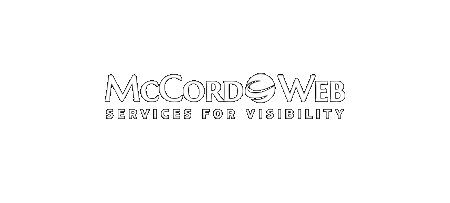I read this in the Washington Post this morning; that Yahoo, in a three week test, will be showing Google AdWords ads in about 3% of their searches. This is big news, but is it good news or bad news? I have to say I think that it is bad…
-
-
Ding, Dong, The Wicked Witch is Dead- Google Kills the Supplemental Index
Yahoo! Well really Googlehoo!, The Wicked Witch is dead. Google has just announced that it has killed the Supplemental Index. Google’s Supplemental Index has previously been affectionately known as “Google Hell” and if your site arrived there, there was simply no getting out. There were many tips on the Web…
-
Google’s Knol For Wikipedia-Like Information
This is Google’s new brainchild that is in testing – knol – or as they call it “unit of knowledge”. Currently this new roll out is in testing and is being done by invitation only. The bottom line is that Google is wanting authors who are experts on specific topics…
-
Google Algorithm Change This Past Week
I follow SitePro News. This is super e-newsletter. You can get the feed by clicking our post title. In the recent newsletter a very savvy author was speaking about the algorithm change on Google that just started this Thursday. In the article, he mentions that Google has created a trust…



